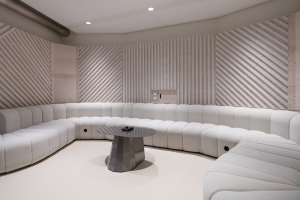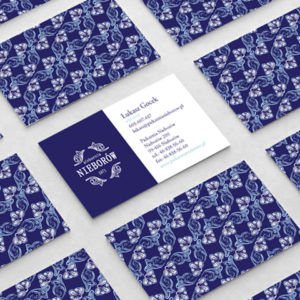

Crossing the bustle of the ancient town “Pian Yan”. Marching the paths in the forest alone the Heishuitan river. This path is upstream to Jindaoxia reservoir and downstream to Pianyan town even to the main districts of Chongqing city. Turning one more corner, the first thing that comes to my eyes is an ancient stone arch bridge. Wander down the bridge and through the temple, you can see this abandoned building accompanied by several ancient Ficus virens.
The abandoned building was originally a primary school. When you walk into classrooms, you can see the blackboard, the Bulletin board, the chalk box, and the inlaid tilemap. The past has left a motley trace in the building, and it is hidden like handprints.
Moving line. Among the three buildings on the site, on the south is a two-storey building. On the north building is a three-storey. Because of the terrain, there is a level difference between the two buildings. The west building has a much longer history, with stone walls and wooden beams.
The reconstruction started from the replanning of circulation. Because the south building is lying on a lower terrain and surrounded by ancient trees, there is a feeling of gradually bright and raising atmosphere change if you enter from the south building and climb the stairs. In order to strengthen this feeling of atmosphere change, we decide to build a single-slope roof rather than carry out the expansion of guestrooms after the demolition of the west buildings first floor, so that we obtain a widen transparent view when we stand on top of the stairs.
In fact, this walking flow has changed a lot. The offset of the main entrance, the new view opened up on the west, and two entrances of secondary walking flows are carefully hidden. In this project, the combination of the topography, the arrangement of the walking flows, and the excavation of the courtyard open the possibilities for multiple experiencing. The relationship between the body and objects is what we emphasize in our design, we hope visitors’ various body postures, every single turn around can help them see something familiar in an unfamiliar way, maybe it is a rare experience.
Courtyard. As one of the important nodes of the transformation of the rhythm of the walking flow, the courtyard has to ensure the privacy of guestrooms surrounded. The open space between the two rows of buildings is taken as the core, and three buildings are enclosed to create an encircled courtyard with height differences. The corridor will no longer be isolated but a part of the courtyard. A new-built upwards stairway on the east end of the corridor was created so that the corridor is no longer the end but part of the encircle.
Besides, the courtyard also plays the role of a rainwater collector. Rainwater flows from the top of the slope into the metal eaves gutter and is guided into a falling concrete pilot bridge by vertical iron chains. Finally, it slowly flows into the pool in the courtyard peacefully.
Guestroom. The 13 guestrooms of Yuanmen B&B are evolved from the original school building. The standard classrooms in the south building are designed as guestrooms with a mezzanine, windows face to the stream, and ancient trees. The music classroom in the west ring of the north building is designed as a guestroom with landscapes come from 3 direction, and the rest of the offices and staff dormitories are designed as one to two bay standard rooms according to its deep and width. All the windows and balconies of guestrooms create different landscape views.
For the public restaurant and reception, the horizontal walls of four classrooms on the ground floor of the south building were opened properly and reinforced in structure, to maximize the strengthening of openness here. The public restaurant is also equipped with a self-service kitchen, and the rock structure which supports the mountain is exposed intentionally as the back of the self-service kitchen. The scenery outside the window is what guests are facing when doing cooking.
We wish to acquire a typological unity in architecture by adopting a new system— Separate these functions into different parts. The ventilation part can be placed on the lower side and meet the actual ventilation demand. In the same way, the horizontal daylighting glass frame can be placed on top of the window so as to ensure the maximization of the frameless viewing in a scale of man’s point of view.
With the change of the perspective of looking things, through steps, eaves, windows, and holes, we are able to re-observe the specific form of these ancient trees, streams, and arch bridge, which will reveal the possibility of this building’s continued existence along with trees and streams.
Architects: JiuQiHuaXia Atelier KAI, SILOxDESIGN
Lead Architects: Kai Xie, Hao Wang, Meng Li, ZhiQing Sun
Design Team: Chunping Chen, Peiqing Su, Junguang Zhao, KaiPing Wang, Yuhan Liu, Pengpeng Huang, Lichao Liu
Photographs: Weiqi Jin
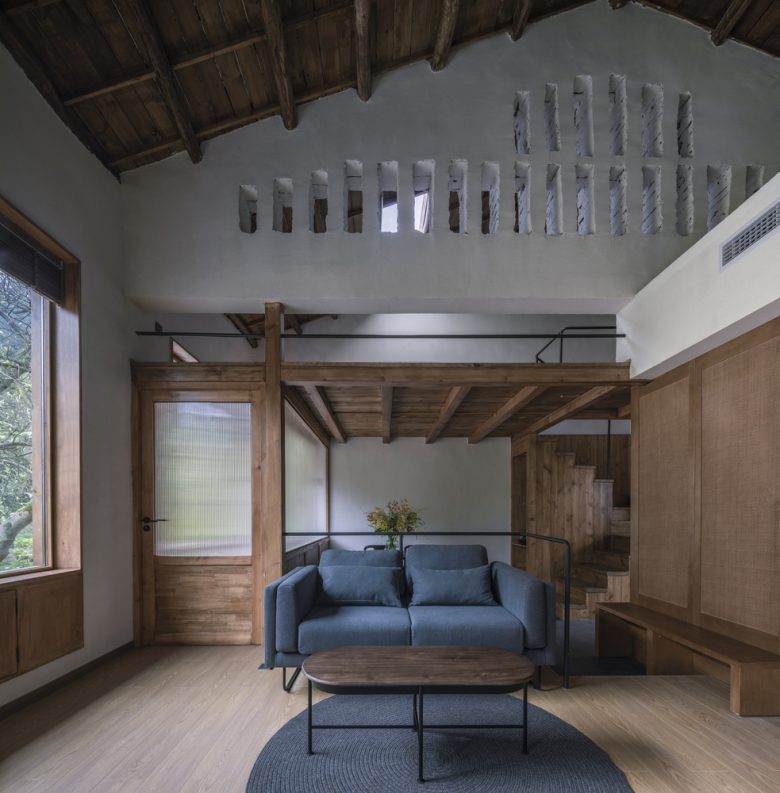













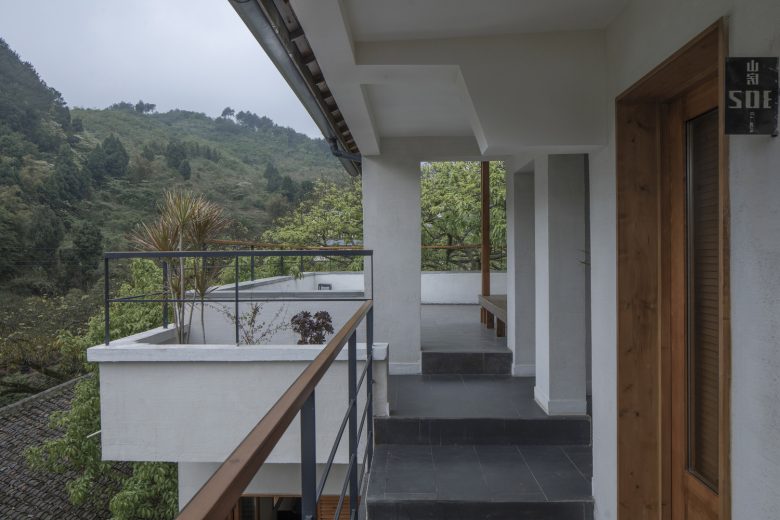



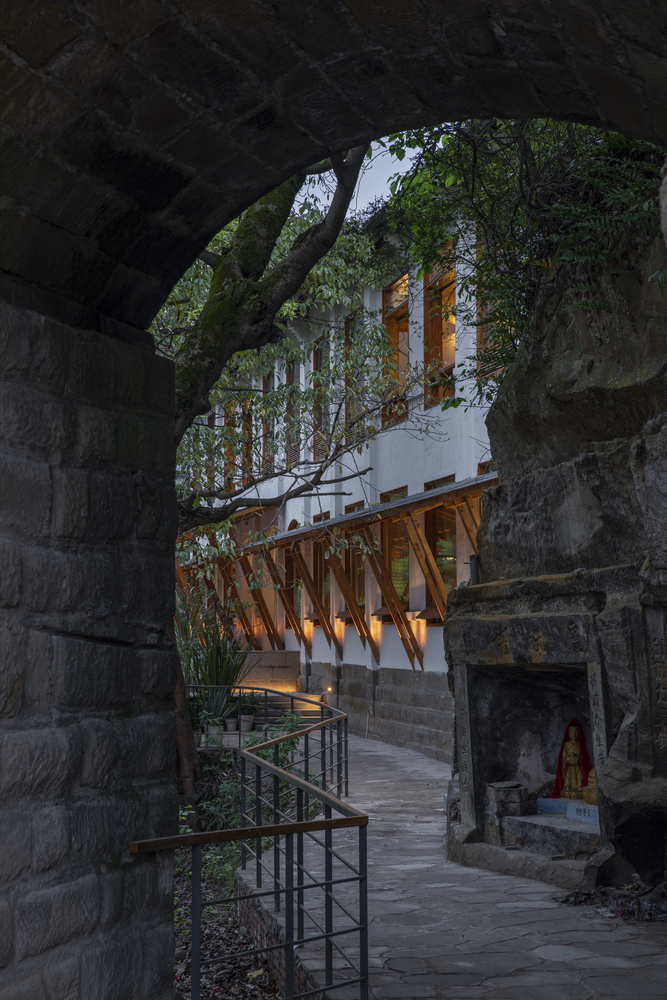

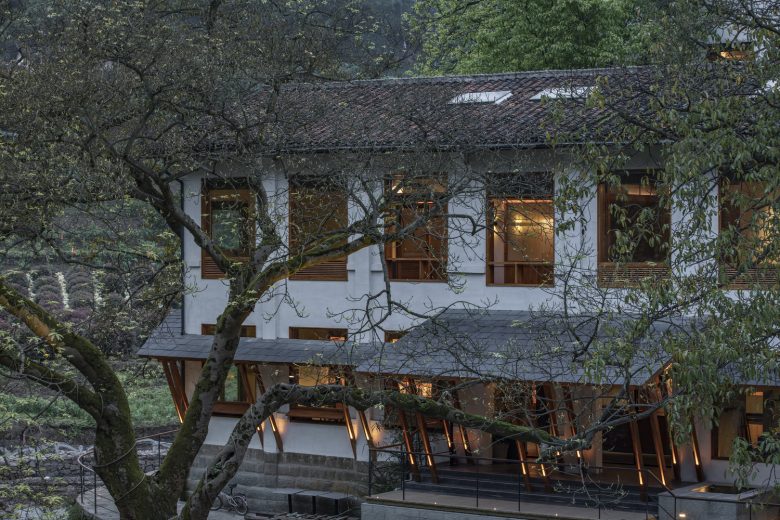


Add to collection
